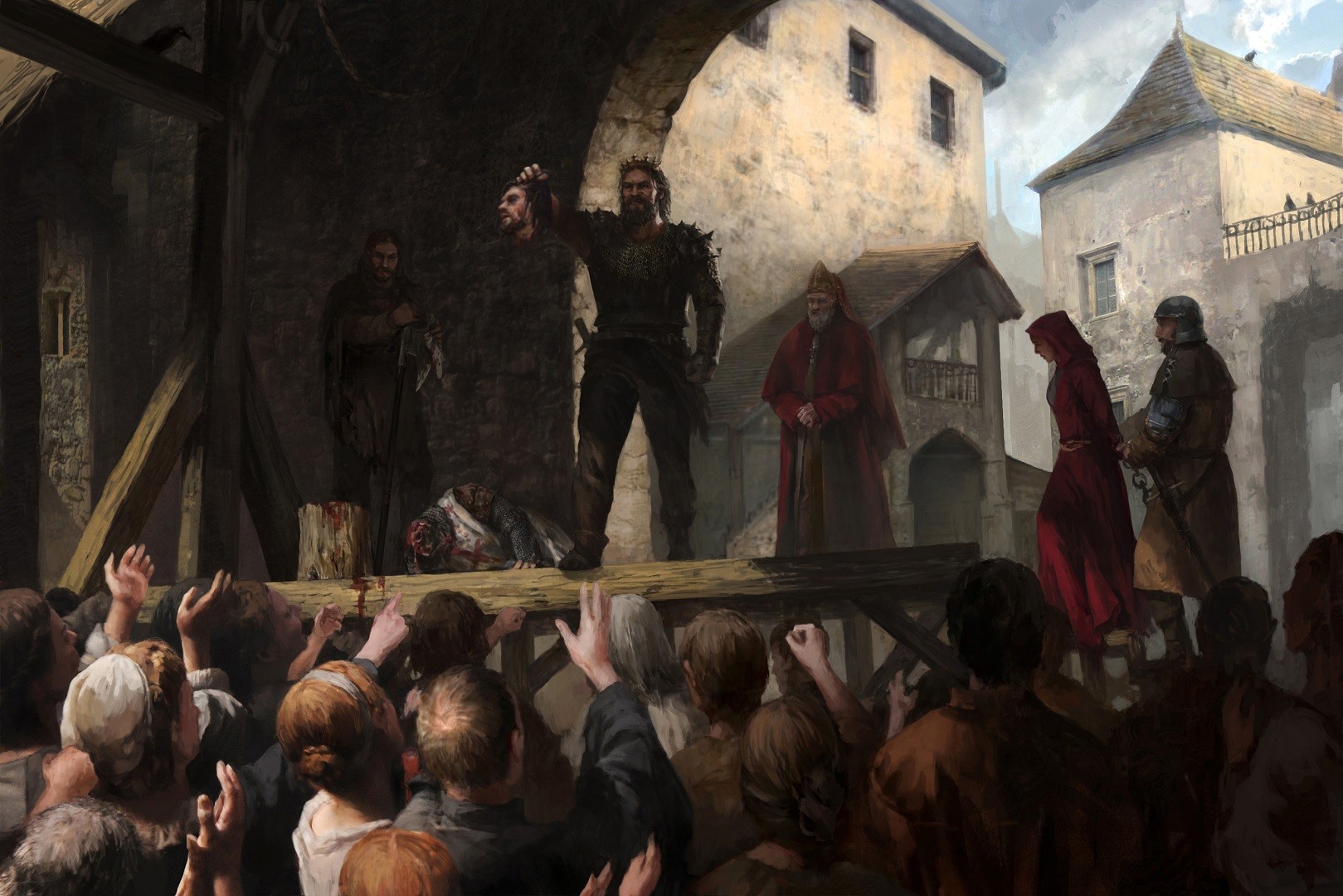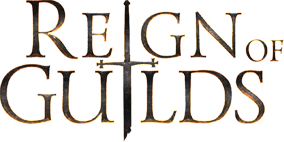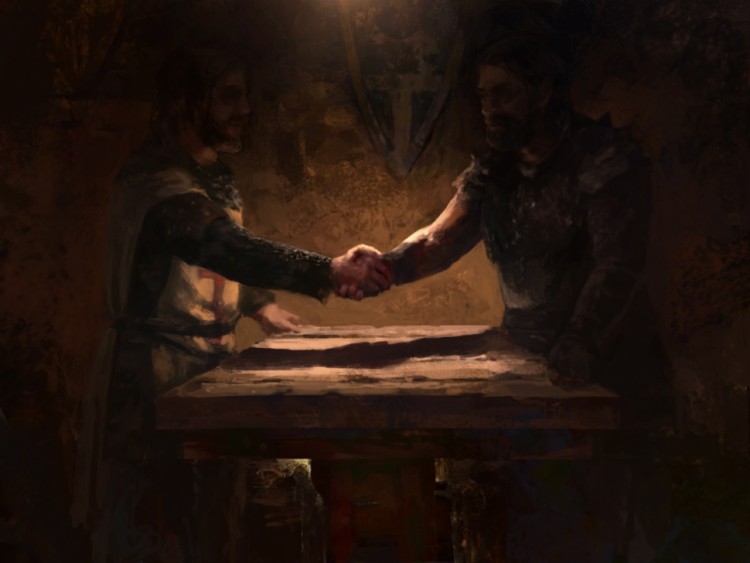
Reign of Guilds
Reign of Guilds is about guild warfare – create guilds, make wars and alliances, conquer or trade! Study craft, fight for castles, earn titles and win the throne.
Reign of Guilds is about Counts, Kings and associations that rule over territories, manage their population and economy.
Reign of Guilds is old-school hardcore: with unattached loot, open world PvP and PvE, partial experience loss and partial dropping of items upon death depending on Karma level.
Reign of Guilds is First Person experience, with non-target combat system, friendly fire, flexible system of buffs, which allows to choose between mobility, vitality, and damage.
In Reign of Guilds you can make a journey from a warrior to a leader, from a leader to a Count, from a Count to the King, and from the King to a … victim, tyrant or legend?
What path would you choose to follow?
Chapter I. History and World Map
The history of the kingdom sank into oblivion. Besides, it might not exist at all. In some form or another, it is not important. What is important is what kind of story will be written by players.
And for now, just facts: 1 kingdom, 4 parts (North, South, West, East), each one is about 200-250 km. sq.
In each part, there are 6-7 counties, 6-10 towns or villages, and about 30 castles.
There is the King’s Countyin the center of the kingdom. It is the place through which all the free traffic goes from one part of the kingdom to another. The guilds inhabit the King’s County.
One is freeto move everywhere in the kingdom, but the 4 parts are connected to each other only through the King’s County.
It is possible to teleport within one part with the help of magical teleports, which are in towns or castles.
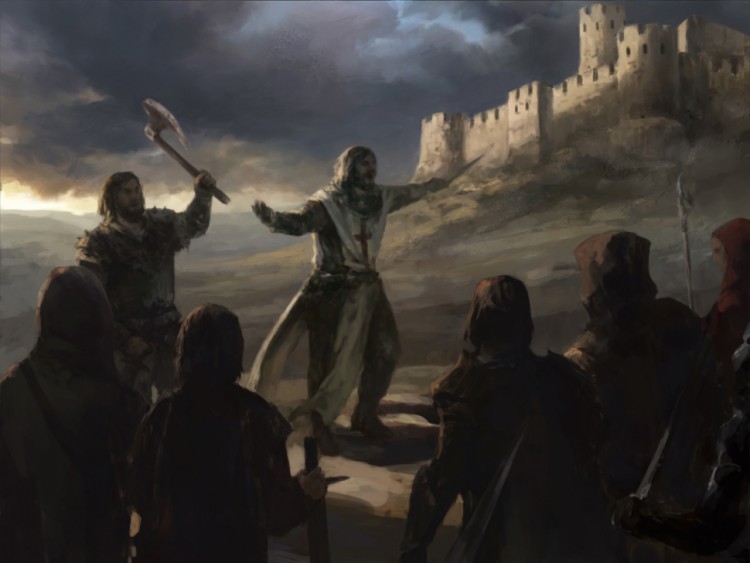
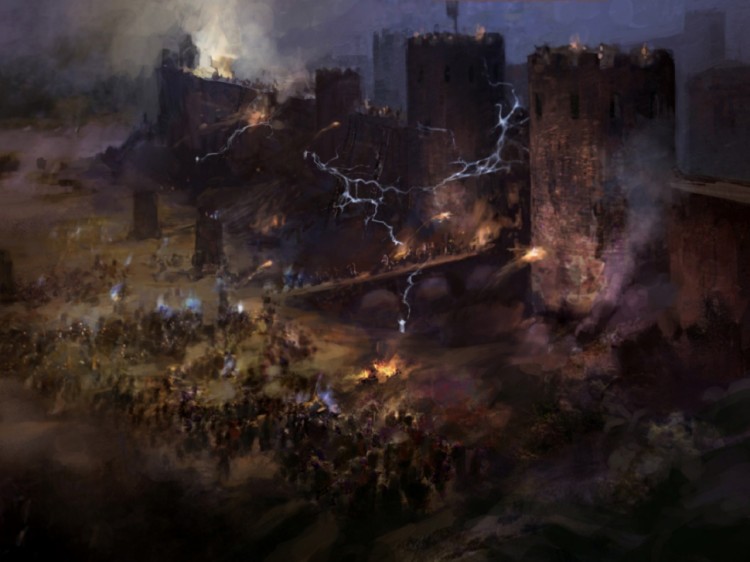
Chapter II. Kings and Counts
After capturing a castle, the guild-owner gets both bonuses (option to collect land tax), and additional duties (bear expenses for maintenance of the castle). Everything can be regulated, so that one does not end up in debt.
Capturing and retaining certain castles in a county, the guild’s senior becomes Count. His or her guild gets an option to collect trade tax from the county. The expenses for maintenance of the county must be regulated, which determines the quality of life in it.
Each Count makes a decision whether to become richer at the expense of the population, or make the county more attractive for inhabitants.
If a guild’s senior is Count in any 3 counties, then by capturing certain castles in the King’s County, the guild’s senior receives the title of the King. Inside the King’s County, the King has the same powers and responsibilities as a Count.
Apart from that, the King gets the right to collect royal tax.
Chapter III. Associations
An association is an assembly of guilds based on their main activity. Associations appeared because there are guilds which do not really want to fight for castles, but they very much want to have some influence in the kingdom.
They are separated in 3 categories: associations of merchants, associations of crafters, and associations of mercenaries.
It is the guild that joins an association, not the player. Association set requirements for a guild how to join the association and get promoted in it. Only one guild can be the Supreme guild of an association.
It is the Supreme guild that regulate the comfort of markets of trade, handicraft and hired assassins via setting the value of the auction commission fee, rent of trade booths, and also by restricting the access to the auction from the reigning guild of the county or the reigning guild of the whole kingdom.
Any guild that is a step lower and behind the back of the Supreme one, can take its place by slaughtering it completely and proving it to the association.
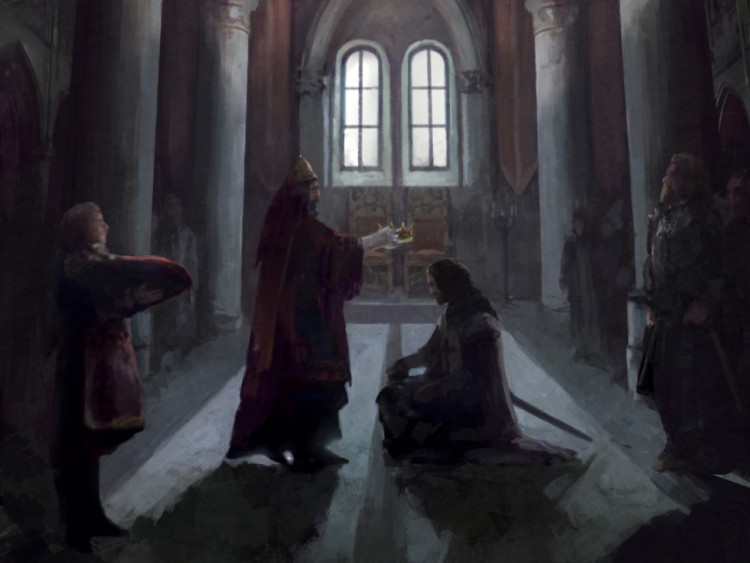
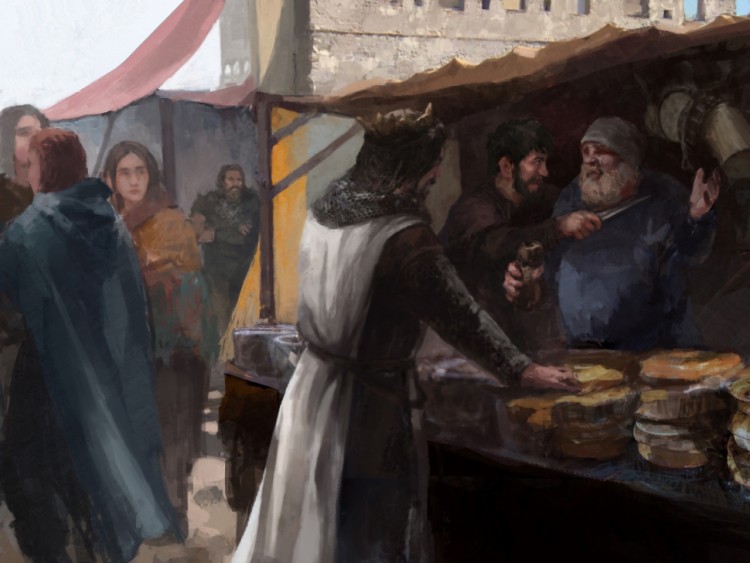
Chapter IV. Races, classes, creation and development of a character
There is only one race: humans. There are no conventional classes.
The steps for making a new character consist of choosing gender, appearance, and name only.
In ROG, many things are not like everywhere else, including gaining experience and level-up. Here it is the other way around. A character gets new level after acquiring a certain number of attributes. The attributes grow with the use of weapon, or magic, or abilities, or when taking damage, and etc.
This is why there is no difference what to use for farming: either by killing players, mobs or working non-stop day and night at forge.
There are 2 directions of character development: physical one and magical one. The maximum level in each one is 60. This is why a universal character has level 60.60. Additionally, there are 4 attributes for each direction. For physical one, they are strength, agility, accuracy, and endurance respectively. Magical ones are earth, air, water, and fire respectively.
Chapter V. Vocations
After reaching the 16th level in physical or magical development, the player may join any professional school. It is possible to quit a school, but a cancellation fee must be paid.
Schools set requirements for candidates how to enter them, as well as how to increase professional level. When a character joins a school, he gets a vocation. The vocation gives him or her passive characteristics and active skills, an option to use professional items.
There are 14 vocations in total, and they can be separated in 3 types:
- Universal:
- MIN level is 16.16, MAX level is 60.60;
- Assassin, Barbarian, Blacksmith or Thief;
- Emphasis on physical development:
- MIN level is 16.1, MAX level is 60.15;
- Crusader, Gladiator, Hunter, Steel Master or Weaponsmith;
- Emphasis on magical development:
- MIN level is 1.16, MAX level is 15.60;
- Archmage, Druid, Enchanter, Inquisitor or Necromancer.
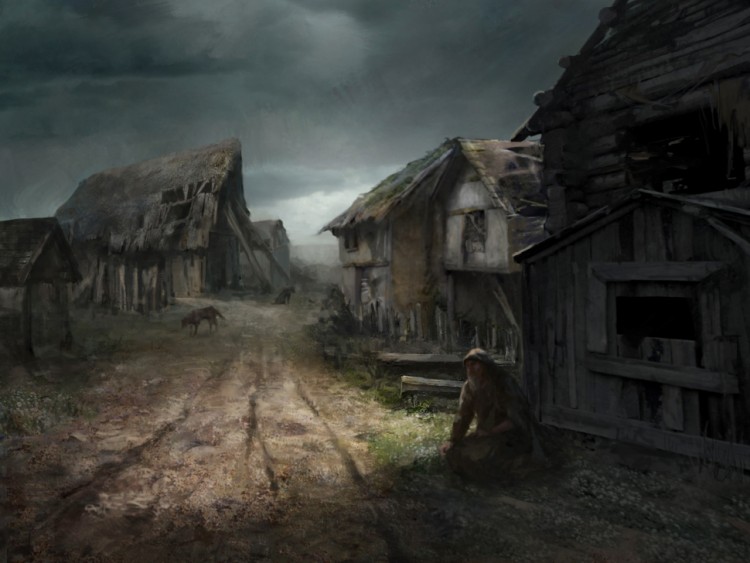
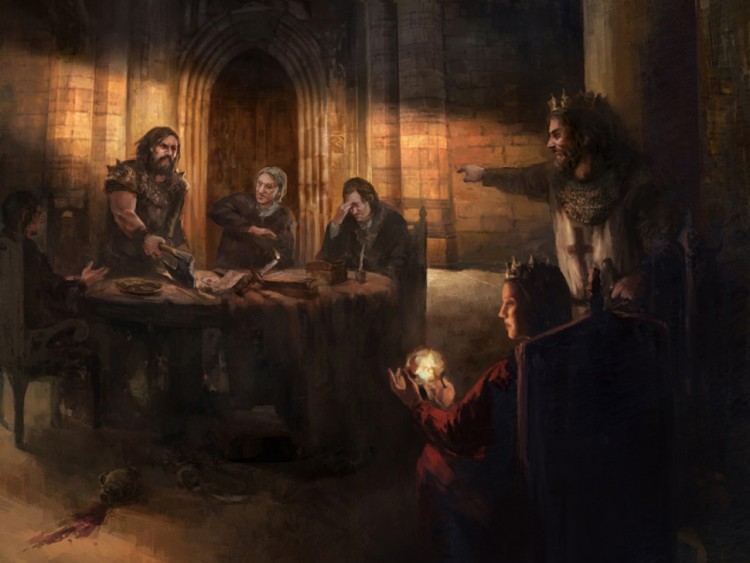
Chapter VI. Guilds
The guilds will be at the head of the kingdom.
This is why an increased attention is dedicated to the functionality and management of guilds. Here are some examples of expansion of guild related mechanics:
- Payments for organizing a guild and contributions to the share capital of the guild. This is not only to guarantee that the guild will cover budget deficit in case of wrong politics, but also to determine the guild possible size and options;
- Option to open an account of the guild in Royal Bank;
- 10 seats in a guild: senior, technical senior, senior deputy, diplomat, treasurer, seneschal, recruiter, vassal, neophyte;
- A system of collecting dues, control over dues, statistics, etc.
Chapter VII. Castles & sieges
The western and eastern parts of the kingdom have more than 60 castles for capturing. The higher the level of a castle, the bigger its size, the harder it is to capture, but the higher is the reward for owing it.
Several types of siege are envisaged. The main ones are: capture of zones, seizure of tablets, retention of a castle for a certain period of time. These mechanics vary a lot based on order and list of necessary actions.
The capturing of a castle is possible only during the phase of active fighting. Its duration and frequency depend on actions of the owner.
Every castle consists of several locations. The transition between locations is done through seamless transitions between program servers.
The siege of castles will be done with both personal equipment (ladders, stationary ballistas) and collective siege engines (a siege tower only moves when several players put efforts).
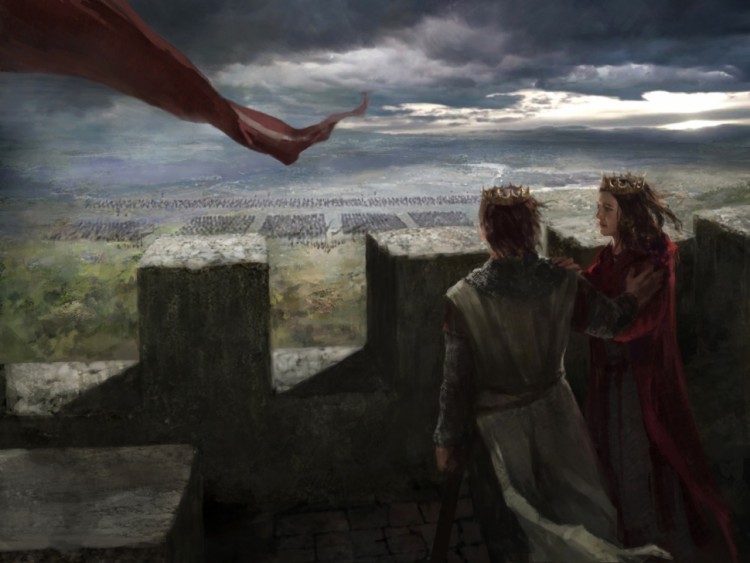
Chapter VIII. Game items, their wear and repair
There are more than 1000 base items: weapon, armor, costume jewelry and decoration, powders, mantras.
Only 10% of them have a requirement based on vocation, the requirements of rest 90% are based on attributes only. This is why there will be a great number of ways to equip your top-character.
Part 1. Prefix of items, randomization when items are generated
The prefix is for items related to weapon, armor, and accessories. There are 3 slots for the prefix based on: 1) characteristics of attack and defense, 2) requirements for wearing (attributes), and 3) durability. The corresponding variations of parameters for each slot are 1) from -10 to +10% of base value, 2) from -10 to +10% of based value, and 3) from -30 to +30% of base value, respectively.
A particular value of each parameter will be generated when an item (either loot or crafted one) appears in the world. Quality items in all three prefixes are extremely rare.
Part 2. Wear of items and their repair
З“Sharpening” and upgrading items are not intended here. However, the wear of items is envisaged, and it influences characteristics of items directly.
This is especially noticeable for weapon and armor. Characteristics of attack and defense for weapon and armor decrease when the items wear-out.
A battered item of the 12th level will have worse characteristics than a new item of the 10th level.
This is why the craftsmen will be especially in demand.
